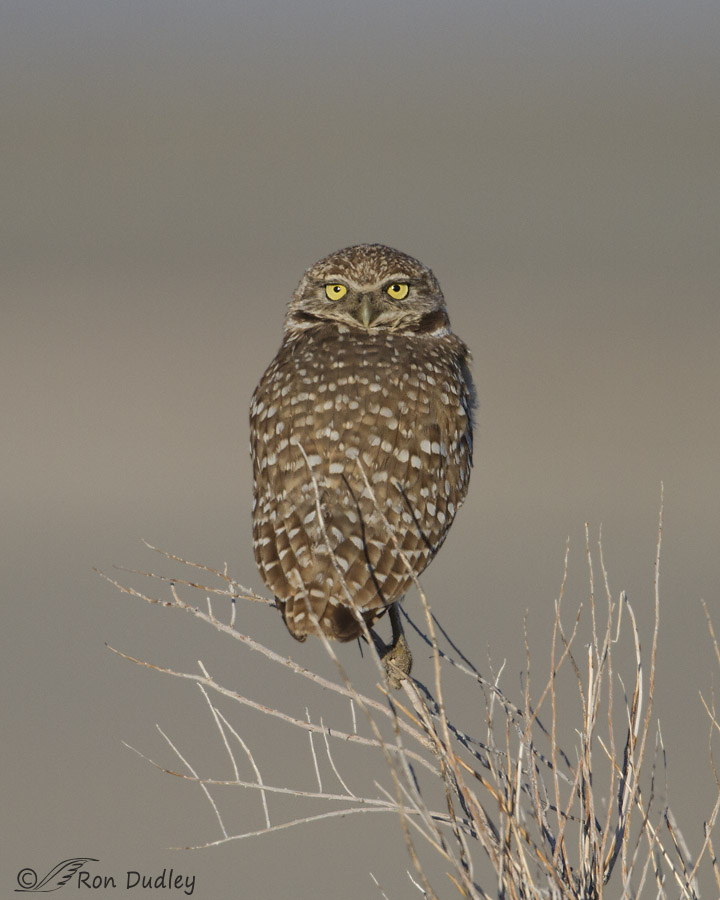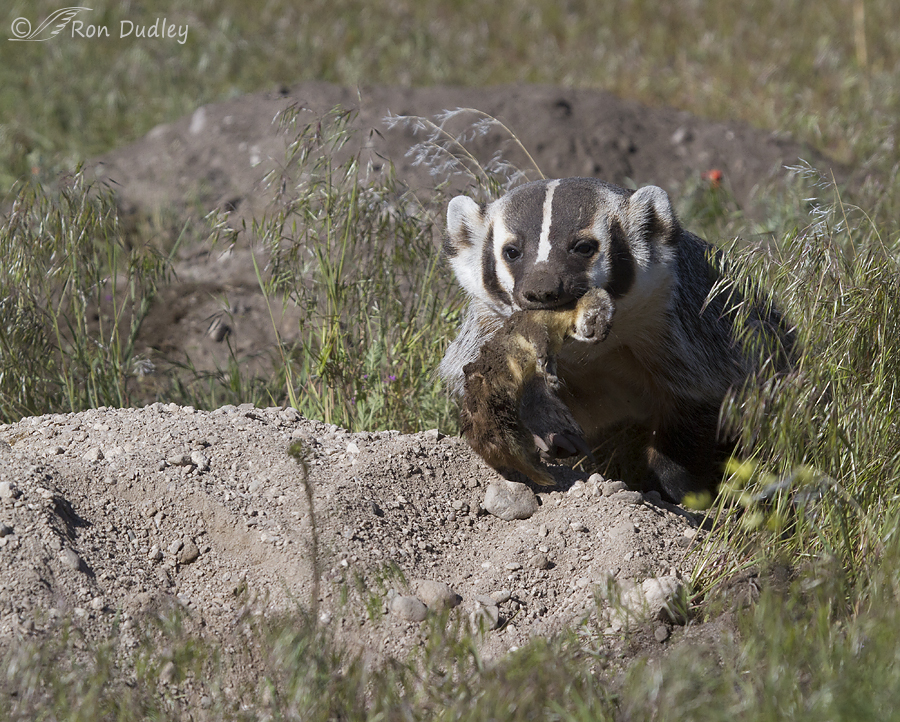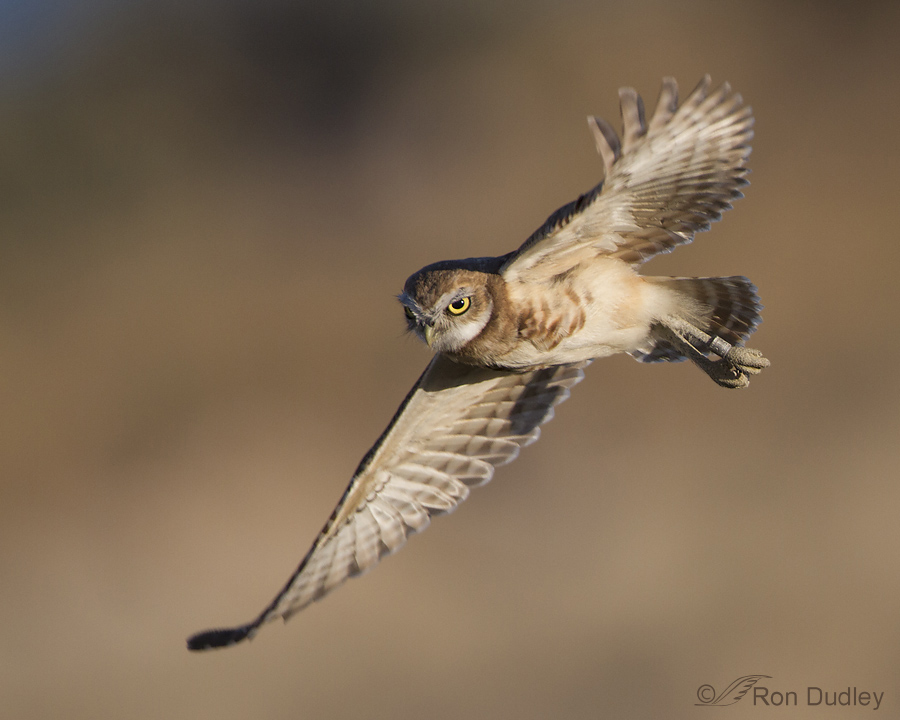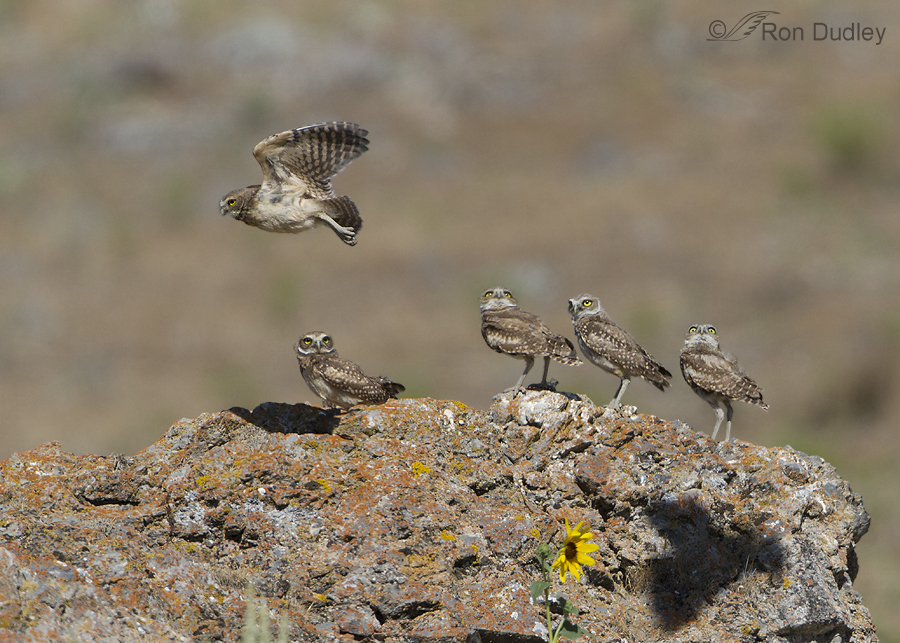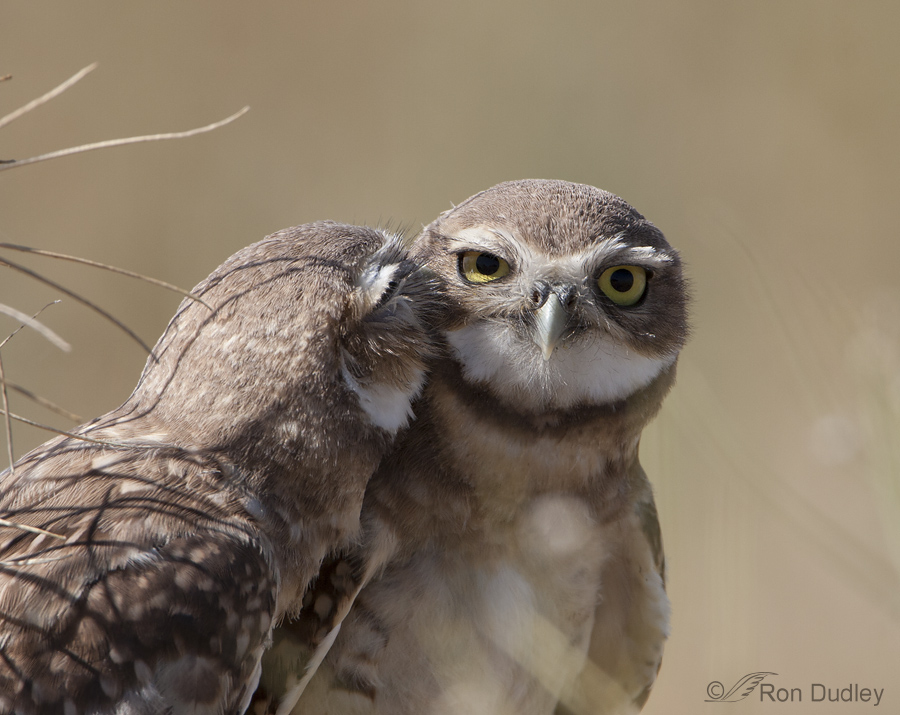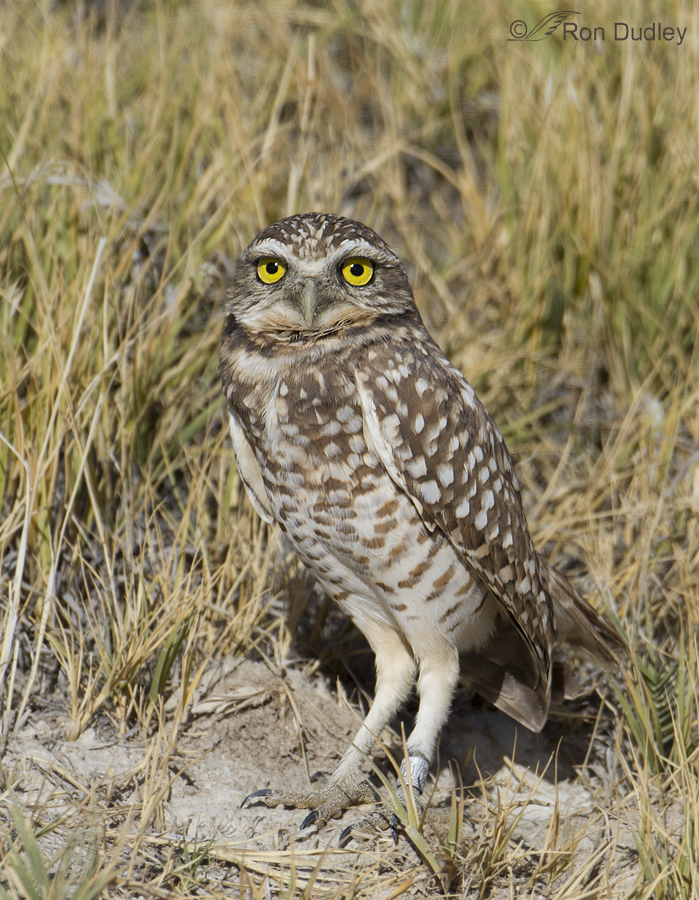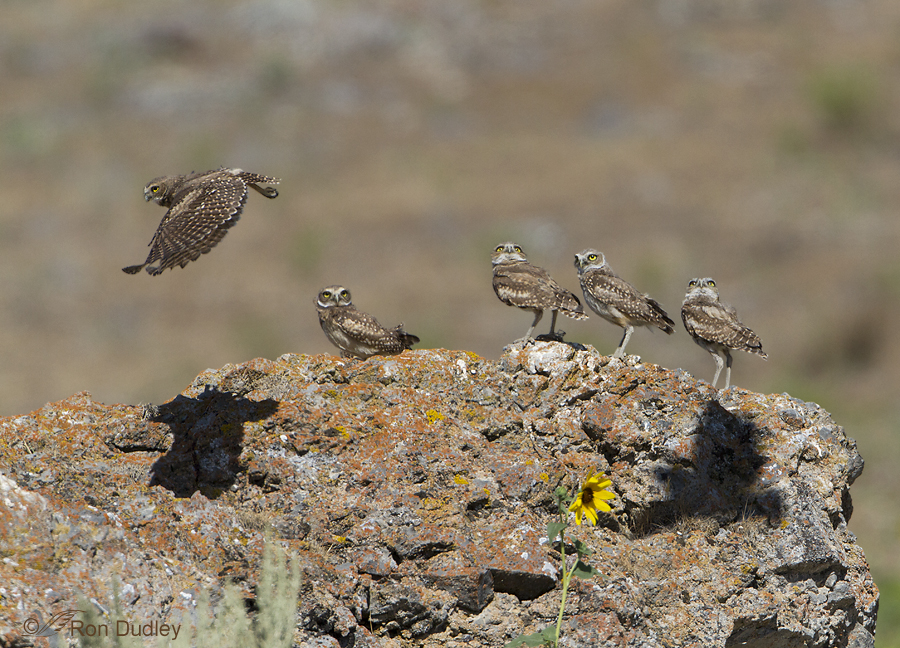Category: Burrowing Owls
Burrowing Owls And Badger Holes
Bird Banding – A Necessary Evil?
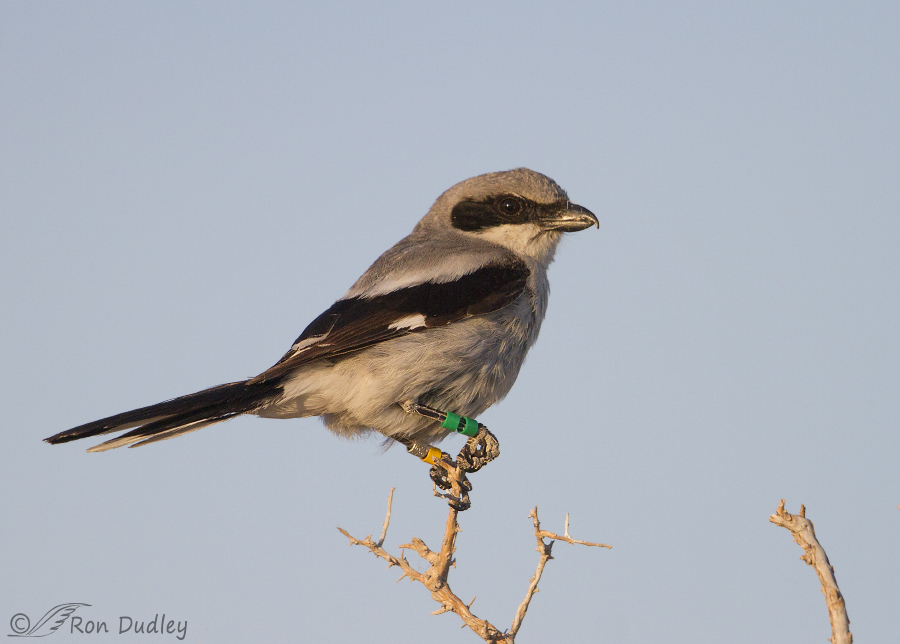
For the first six years of my bird photography “career” I rarely encountered banded birds but in the last two years or so I encounter them regularly, some species more than others. Usually when I see a bird with bands or transmitters strapped to their backs I don’t even click the shutter except for documentation purposes.
Burrowing Owl On A Boulder Perch
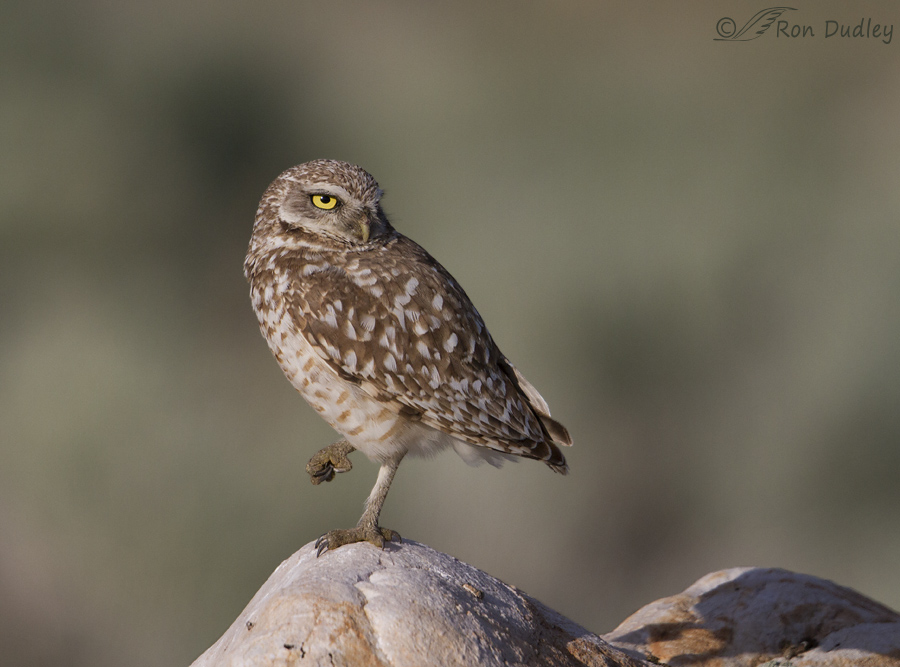
Six days ago on Antelope Island as I rounded a curve in the road I encountered this Burrowing Owl on a large rock with a clean setting and background. It was a cool morning and the sun had only recently come up so this bird was obviously enjoying the warming rays and showed no nervousness as I approached.
Burrowing Owls And Banding
Juvenile Burrowing Owls Practicing Take-offs And Landings
Friends
Finally! – Another Antelope Island Burrowing Owl
Burrowing Owl In Dramatic Side Light
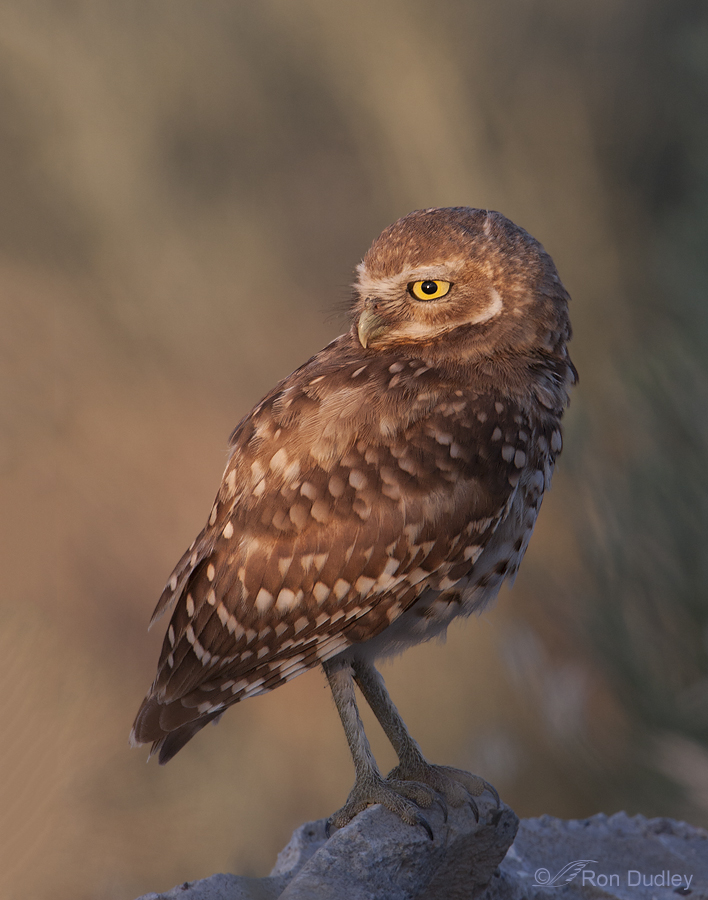
As every photographer knows, light angle can make or break an image. In static portrait shots especially, partial side lighting (at perhaps 45 degrees to your subject) emphasizes texture, patterns and shapes and helps to separate subject from background. It’s been said that side light “sculpts” your subject.
Three Burrowing Owls and More Challenges With Depth Of Field
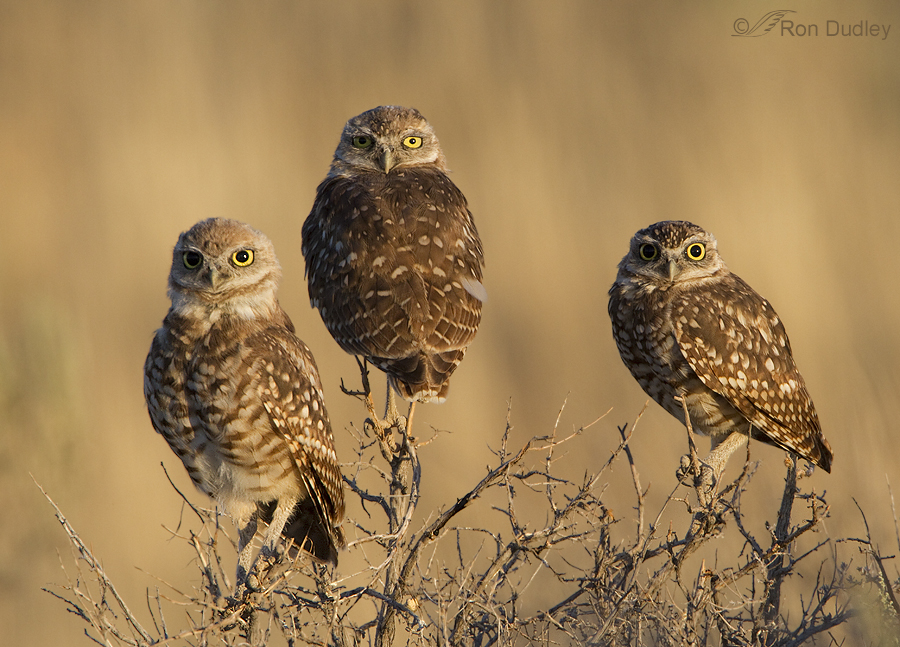
I’d been photographing a family of these birds for several weeks but typical of the species they were usually on the ground with obstructing vegetation in front of them or buried too deeply in the sagebrush. But as I approached them on this early August morning (in my pickup, from the road) there were two juveniles and one adult perched high on the sagebrush in nice warm light and there was a clean, pleasing background. My little heart went pit-a-pat at the opportunity but then I had to deal with the harsh reality of depth of field.
Juvenile Burrowing Owls Watching For “Incoming”
Burrowing Owl Youngsters – Hams Of The Bird World
Prepare to lose your heart if you ever have the opportunity to photograph or watch juvenile Burrowing Owls up close. They’re full of spontaneous antics and personality and they’re cute as a button.
Juvenile Burrowing Owl Posing Up A Storm
The antics of Burrowing Owls are always entertaining but “personality” simply oozes out of the juveniles. 1/400, f/8, ISO 500, 500 f/4, 1.4 tc, natural light, not baited, set up or called in This youngster had recently fledged and had begun to do a little exploring. On this early morning I found it on this perch just after sunrise. Thus was further away from the burrow than I’d seen any of the juveniles up to that point. 1/400, f/8, ISO 500, 500 f/4, 1.4 tc, natural light, not baited, set up or called in Within just a few minutes it gave me a variety of interesting poses – first an enthusiastic yawn… 1/500, f/8, ISO 500, 500 f/4, 1.4 tc, natural light, not baited, set up or called in and then long and drawn out wing stretch with left foot extended… 1/500, f/8, ISO 500, 500 f/4, 1.4 tc, natural light, not baited, set up or called in which concluded with the wing down and partially hidden behind the rock. Soon after this shot was taken the bird flew back to the comfort and security of the burrow and the rest of its family. Ron
Juvenile Burrowing Owl Parallaxing
Parallax is the effect where the position or direction of an object appears to differ when viewed from different positions. When an observer moves, the apparent relative motion of several stationary objects against a background gives hints about their relative distance which the brain can interpret to provide absolute depth information. As you can imagine this can be very helpful to birds for flight and for judging prey position. The movement required comes automatically during flight but it can also be provided while perched by exaggerated movements of the head in all three dimensions. Tipping the head also provides cues by changing the relative position of the eyes to the object being viewed. Learning to interpret this information takes practice so many juvenile birds do just that, owls in particular. Techs for the following images – most were taken at 1/640 or 1/800, f/9, ISO 400, 500 f/4, 1.4 tc, natural light, not baited, set up or called in. All images presented in the order they were taken. Several years ago I spent a lot of time over several weeks photographing a family of Burrowing Owls along the causeway to Antelope Island. Their burrow was very close to the road and they became almost completely acclimated to traffic so I was able to observe and photograph many interesting behaviors of both juveniles and adults from my pickup. Here, this juvenile is simply ignoring me (for the sake of convenience I’ll refer to this bird as a male though I have no idea what sex it…
Burrowing Owl – Same Bird, Same Perch, Different Angle
I’d like to make a point with this post. It’s one that every experienced bird photographer knows on some level but in the heat of the moment (it can be very exciting getting close to a “good” bird in nice light) it’s one that is easily forgotten. I’m getting much better at remembering but I still slip up occasionally. The point? Very minor changes in your shooting position can make huge differences (positive, negative or indifferent) in your photo. I’ll illustrate that point with a couple of shots that I took this morning. They’re not my best Burrowing Owl images but they’ll serve their purpose here. 1/160, f/7.1, ISO 640, 500 f/4, 1.4 tc, natural light, not baited, set up or called in This morning we think we found a new (to us) Burrowing Owl burrow right next to the road on Antelope Island that we’ve probably driven by several hundred times and never noticed. We don’t know for sure that it’s an owl burrow because we didn’t get out of the pickup and go tromping all over the area to inspect it. And right next to it was this juvenile owl, perched on a sagebrush, where we’d never seen an owl before. It had been cloudy but some light had begun peeking through a “crack” in the clouds when this shot was taken. It’s a “busy” perch and when the sun began to come out the bird was sidelit so I decided to change my position slightly… 1/320, f/7.1, ISO 640, 500 f/4, 1.4 tc, natural light, not baited, set up or…


